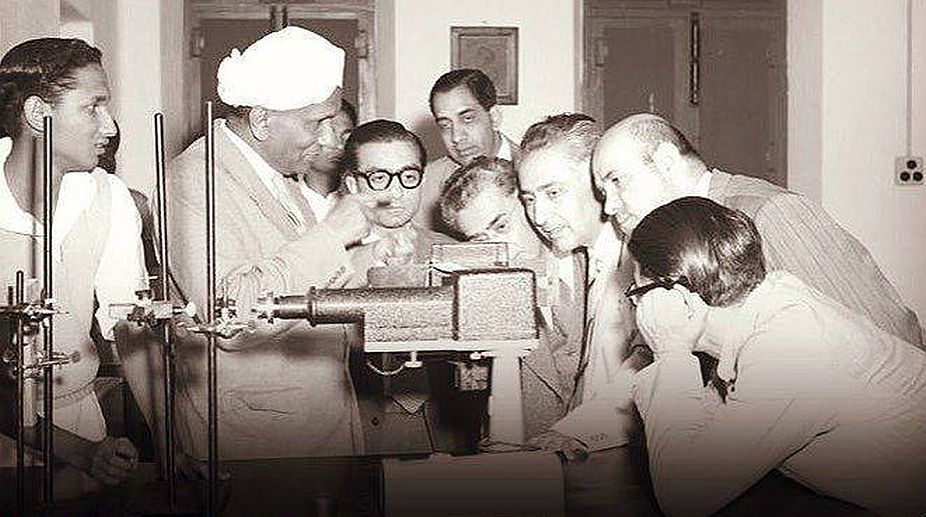India’s contribution to the field of science is recognised and appreciated all around the globe. It has come a long way from being known as the land of snake charmers to the land where Indian Space Research Organisation (ISRO) has been successfully executing ground breaking work.
Pre-independence era was a dark era for India. With colonisation and ill governance of the British, freedom was a rare thing but there was one Indian who managed to play with light in such darkness. He discovered that when light traverses a transparent material, some of the deflected light changes in wavelength. This phenomenon was subsequently known as ‘Raman scattering’ which was a result of the ‘Raman Effect’.
Advertisement
Chandrasekhara Venkata Raman (CV Raman) with his student KS Krishnan discovered this effect on February 28, 1928 and won Nobel Prize in Physics in 1930. This day became a benchmark in the history of not only India but the world of science. Thus, it was chosen to be celebrated as National Science Day by the National Council for Science and Technology Communication (NCSTC) in the year 1986.
Since then this day has been celebrated every year with a unique theme to spread awareness and bring growth and improvement in the society.
This year’s theme is ‘Science and Technology for specially-abled persons’ where the life changing inventions and revolutionary reforms like these and many more are to be discussed and appreciated:
Chris and Marie’s efforts brought a first of its kind revolutionary reform against the discrimination against visually challenged persons in Banks in 1997 in Ottawa and in 2012 in Ahmedabad.
Neil Harbisson was born with a condition called Achromatopsia that limits his colour perception to just black and white. He created a camera that curls over the head like an antenna, converting colour inputs into specific sounds that help people listen to colours.
Over 10 million people worldwide have essential tremors or Parkinson’s disease. A new machine uses over hundreds of algorithms and helps people with Parkinson’s disease and supports their food consumption. The hand of the patient is monitored by this machine.
The celebration at the Giant Metrewave Radio Telescope (also called GMRT), Khodad, includes public speech, radio-TV talk shows, screening of science movies, science exhibition based on themes and concepts, watching night sky, live projects and researches demonstration, debates, quiz competitions, lectures, science models and other activities.











